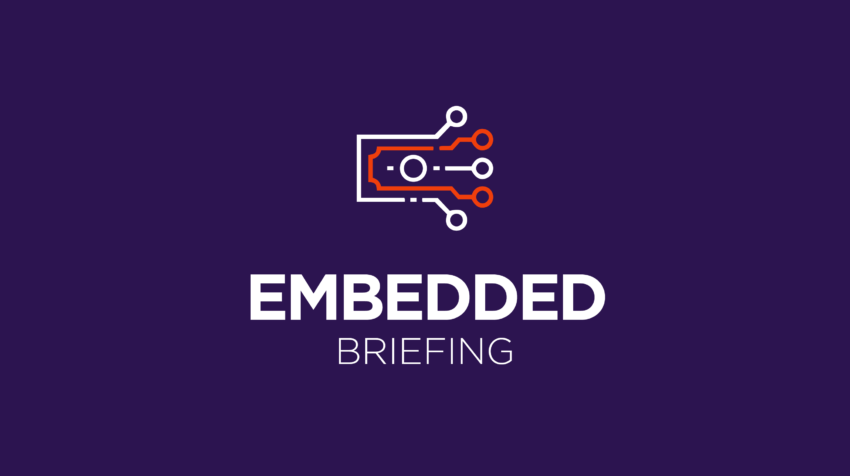Embedded Finance, Member Exclusive
Embedded Briefing: The growing value proposition of embedded finance across industries
- Changing demographics and behavior, increasing internet penetration, technological advances, and growing trust in the digital ecosystem is helping make embedded finance the norm among consumers.
- Embedded finance can serve to benefit the entire financial value chain, from banks, to brands, governments, and consumers.








